The iPhone Air might not be selling too well, but I hope Apple doesn't give up on its most exciting phone in years – here's why
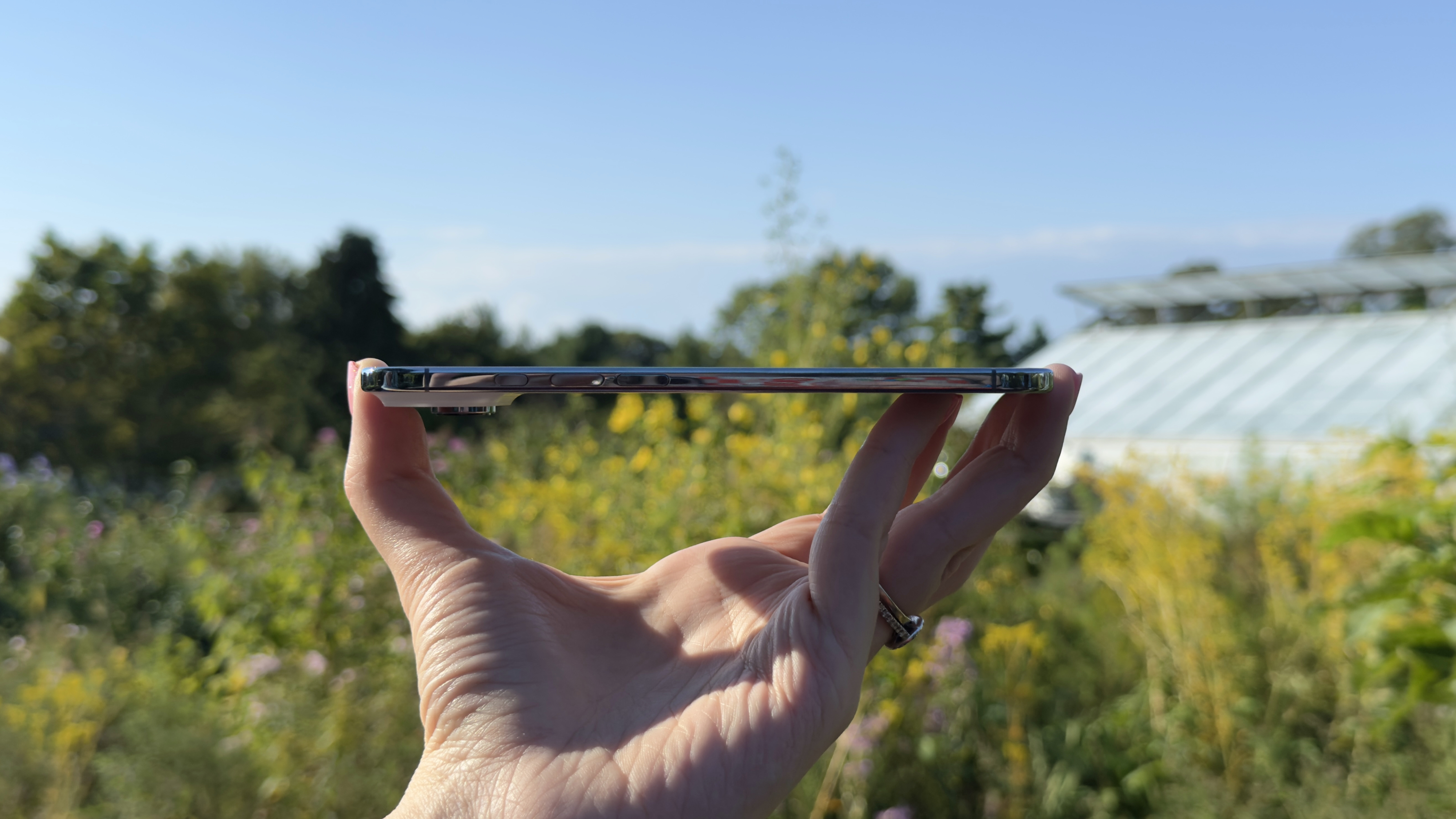
As we recently reported, early sales of the iPhone Air might not be looking too strong. Morgan Stanley has reported a ‘relative weakness’ in the sales of the new thin-and-light iPhone compared to the rest of the lineup.
If you’ve been following Apple’s releases for the past few years, you might share my concern that this could be a bad omen.
In a bygone age, Apple only released one new iPhone each year. In 2012, the iPhone 5 became the last flagship iPhone to launch on its own – since then, there have been at least two new iPhones released every year.
For the most part, the ‘rule of two’ era saw the release of two sizes for each year’s iPhone. From the iPhone 6 and iPhone 6 Plus to the iPhone Xs and iPhone Xs Max, the only difference between iPhone models would be size, battery life, and, later, a secondary camera for the bigger model.
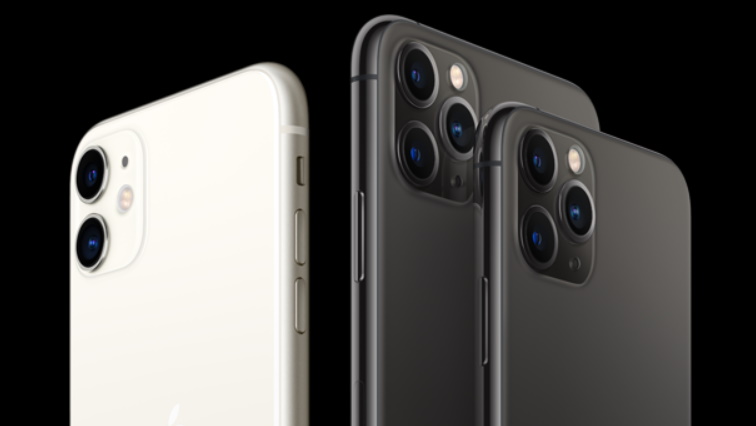
This changed with the iPhone 11 series, which split the iPhone lineup into a standard and Pro model – you could still get a bigger iPhone via the iPhone 11 Pro Max, but this time it came with a robustly improved camera system, an upgraded display, and stronger internal hardware.
The very next year, Apple introduced another model to the iPhone lineup with the iPhone 12 mini – and since then, it’s struggled to make the fourth flagship iPhone stick. The iPhone mini only survived one more generation, and the iPhone Plus that replaced it has just been set aside for the new iPhone Air.
Now, I’ll concede that the step from the iPhone Plus to iPhone Air is a bit less drastic than the one between the iPhone mini and iPhone Plus, but it seems clear to me that Apple is still figuring out exactly what to do with this rung in its mobile pricing ladder. The optimist in me thinks that a radical new design could be the shot in the arm Apple’s fourth iPhone needed, but Morgan Stanley’s preliminary report casts some doubt.
Sign up for breaking news, reviews, opinion, top tech deals, and more.
However – and as much as I do really admire the iPhone Air – the idea that it might not sell too well isn’t really a shock. I honestly think that thin phones like the Air and Samsung Galaxy S25 Edge could fundamentally shake up the mobile industry, but the iPhone Air needs some tweaks to realize its potential.
Price and potential
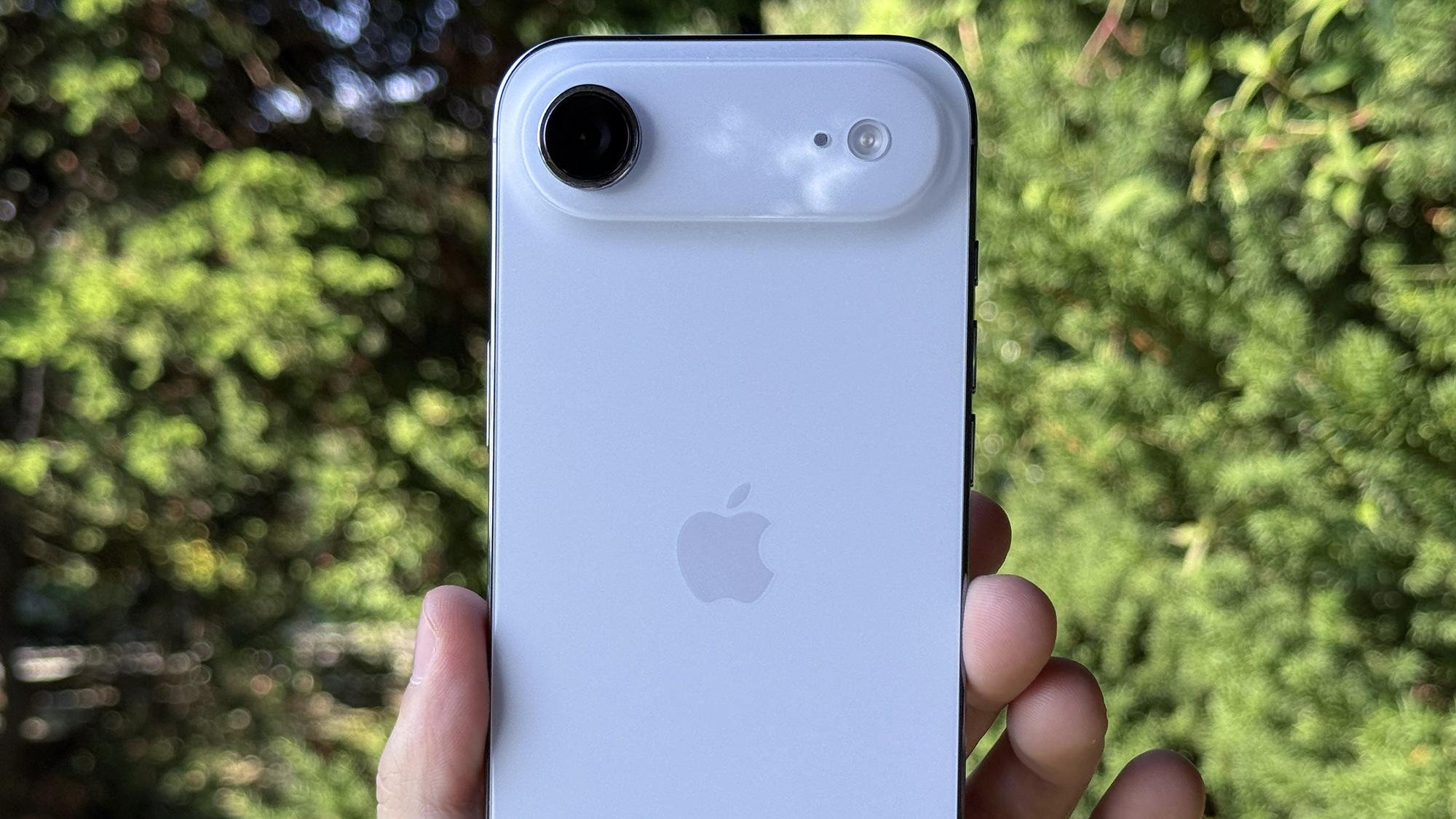
More than most phone makers, Apple structures the iPhone lineup cautiously to minimize overlap between each model.
Our Samsung Galaxy S25 Plus review suggests that many users could pick up Samsung’s enlarged standard flagship and get nearly as good an experience as the premium Galaxy S25 Ultra – but you’d struggle to find someone on the TechRadar phones desk who’d say the iPhone 16 Plus came anywhere close to the iPhone 16 Pro Max in terms of power or user experience. That’s because the iPhone 16 Plus was basically a larger base-model iPhone 16, aligned with the lower end of the price spectrum, and at just $100 more than the standard model was a pretty good deal.
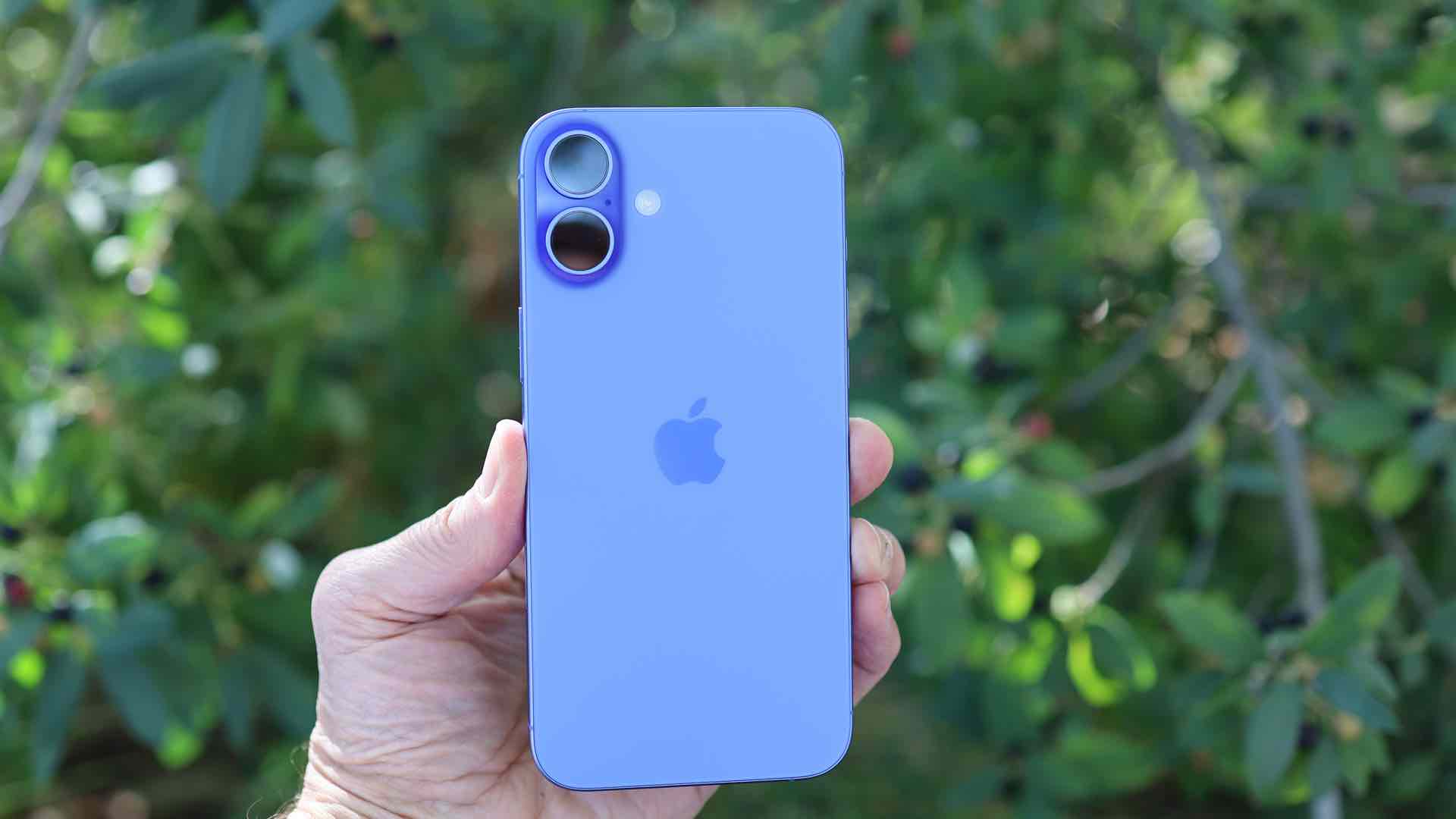
The iPhone Air, however, is definitely more aligned with the higher tier of the lineup – it’s basically a smaller, thinner, and shinier iPhone 17 Pro Max, and at a starting price of $999 / £999 / AU$1,799 is closer to the starting price of the iPhone 17 Pro than the base model iPhone 17.
Now, you could look at the iPhone Air, with its shiny titanium rails and exquisite thin design, and think that’s a fair price – but if reports of low sales are indicative of a long-term trend, then Apple may have split the difference a little too well.
Despite its A19 Pro chipset and premium furnishings, the iPhone Air is not a properly ‘Pro’ phone – its thin design means limited thermals, limited battery life, and limited photography with a single 48MP rear camera. At the same price as last year’s iPhone 16 Plus, those tradeoffs might have been less of an issue – but the iPhone Air costs as much as last year’s iPhone 16 Pro while offering much less utility.
In today’s phone market, quality of life features and value for money are more important than ever – though we’re still waiting on specific iPhone Air sales numbers, I wouldn’t blame Apple customers for going for the cheaper iPhone 17 or more powerful iPhone 17 Pro over the beautiful, if slightly confused, iPhone Air (especially considering just how great this year’s base model is).
Charging more for less?
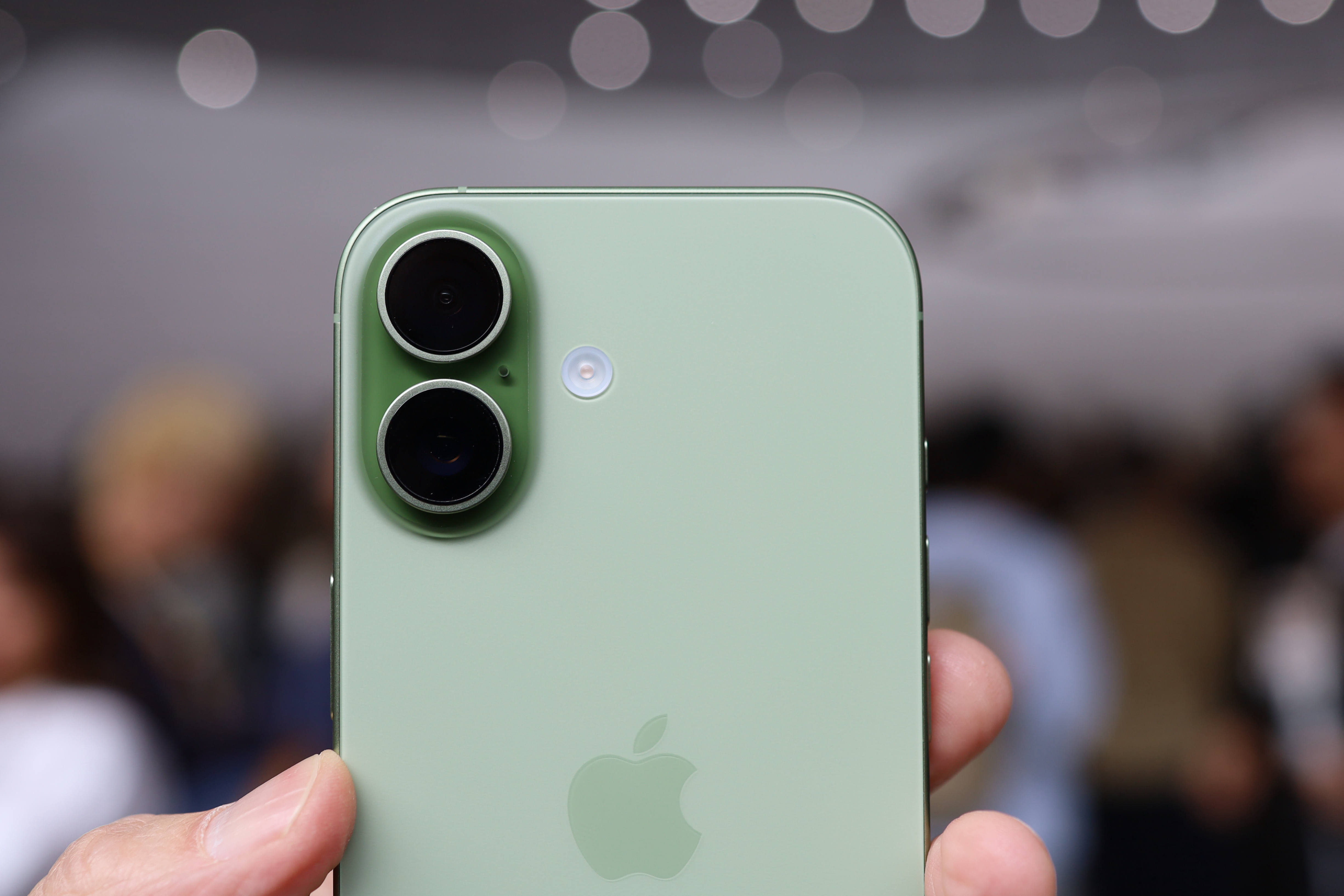
Say what you want about Apple’s pricing structure: one thing the company has always done well is making sure a higher price is rewarded with a near-objectively better experience.
The iPhone Air asks for more thought from the customer than any other iPhone in history, besides maybe the infamously underpowered iPhone XR – and I think the way to fix this is by buffing up its stats a little.
Firstly – and stick with me on this one – Apple needs to find a way to fit a second camera in this thing. The iPhone 17’s dual camera system is a conceptual thorn in the iPhone Air’s side; when you look at the full lineup, it’s a clear visual reminder that Apple’s latest handset has been shaped by compromise. In many ways, buyers of the iPhone Air are paying more for less to get their hands on that groundbreaking design.
To achieve this, I think Apple should actually avoid chasing performance gains with the next iPhone Air model, and instead focus entirely on efficiency. The A19 Pro is already extremely capable, and true power users will go right for the Pro models anyway, so Apple should focus on making the iPhone Air's components smaller and less power-hungry with the ultimate aim of making space for another sensor (hey, the Galaxy S25 Edge managed it with only 0.2mm of extra thickness, albeit across a larger chassis).
I'd even be okay with a slightly smaller 12MP secondary sensor to give the iPhone Air's camera system more flexibility. While I can see that the iPhone Air isn’t aiming for the title of best camera phone, it won’t hurt sales to give it better parity with the much cheaper iPhone 17. Nowhere else in Apple's product portfolio do users pay a premium for a reduced feature set.
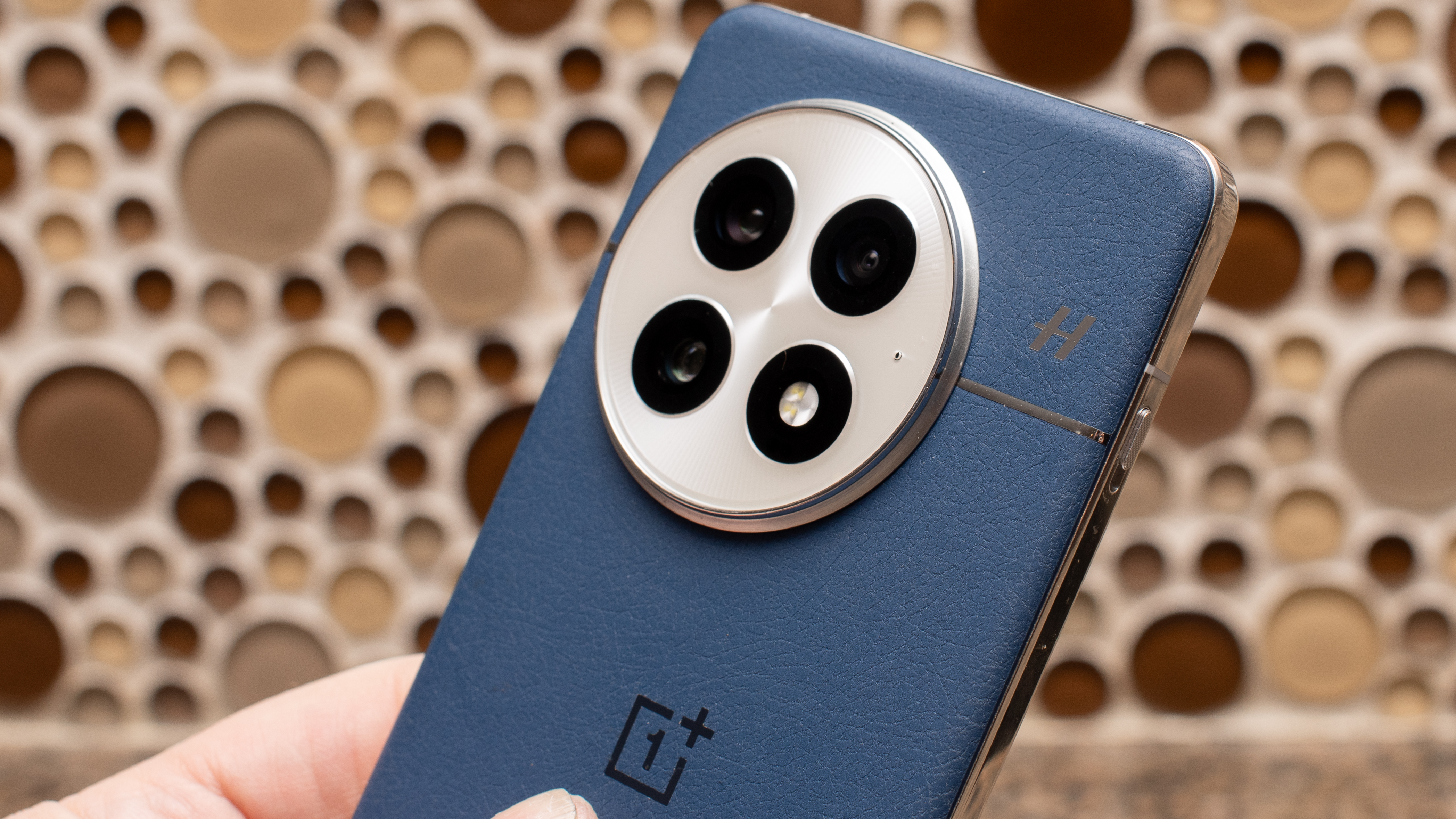
Secondly, it’s high time for Apple to adopt silicon-carbon batteries – that’s the hot new battery tech that allows for greater energy density and efficiency, so you can physically fit a higher-capacity battery into the same space. It's an increasingly popular technology that the best Android phones are steadily adopting.
Apple’s latest component strategy seems to be using niche iPhone models as a test-bed for new tech, like the C1 modem in the iPhone 16e, and the iPhone Air 2 would be a logical guinea pig for a battery upgrade. Maybe then Apple would be confident enough to announce the iPhone Air’s rated battery life directly, rather than awkwardly conflating it with the handset’s unique MagSafe battery pack.
I want to see the iPhone Air succeed. In today’s market of bland slab phones and ever-thinning foldables, it’s nice to see something truly weird from the world’s best-loved phone maker. But Apple needs to work hard and fast to break the curse of the fourth iPhone.
What do you think of the iPhone Air? Will it stick around? Should it stick around? Let’s have a discussion in the comments below.
You might also like
- iPhone Air vs Samsung Galaxy S25 Edge vs Tecno Spark Slim: which ultra-thin phone is best?
- It’s official – the iPhone 17 Pro Max is a battery life king, but the iPhone 17 lags behind its Samsung and Google rivals
- Some phones are now shipping without a USB charging cable – and that could do more harm than good

Jamie is a Mobile Computing Staff Writer for TechRadar, responsible for covering phones and tablets. A lifelong tech-obsessive, Jamie began his writing career as a music blogger before studying journalism at Goldsmiths College, and joined TechRadar in 2024. He thinks the iPhone 5S is the greatest phone of all time, but is currently an Android user.
As well as reporting on the latest in mobile hardware, software, and industry developments, Jamie specialises in features and long-form pieces that dive into the latest phone and tablet trends. He can also be found writing for the site's Audio and Streaming sections from time to time, or behind the decks as a DJ at local venues around London.
You must confirm your public display name before commenting
Please logout and then login again, you will then be prompted to enter your display name.